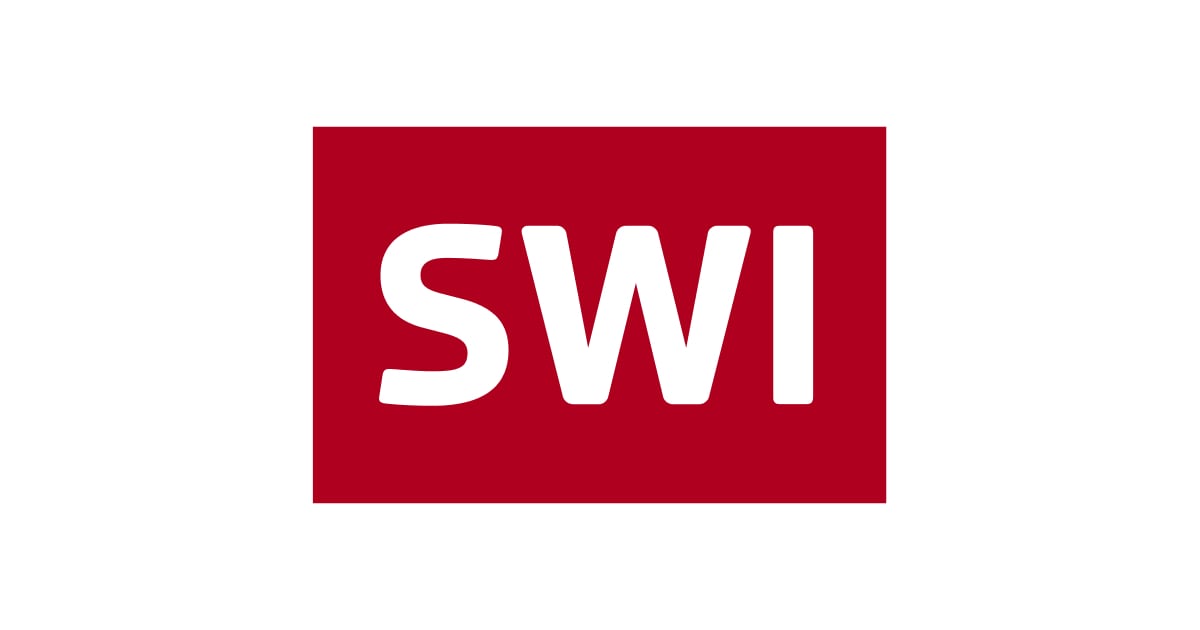
Switzerland leads the way in internet connection

Despite advances in technology, more than half the world’s people still have no access to the internet. Switzerland, on the other hand, has the highest proportion of fixed broadband connections in the world, apart from Monaco.
“Broadband technologies are today driving substantial transformation in many development-related sectors including health, education, financial inclusion and food security, making them a key accelerator towards achievement of the United Nations’ Sustainable Development Goals,” says a report released on Thursday by the UN Broadband Commission for Sustainable Development.
While 48% of the global population is now online, some 3.9 billion people still do not have access to the internet – with the digital gap growing between developed and developing countries, according to the annual report, The State of Broadband 2017: Broadband Catalyzing Sustainable DevelopmentExternal link.
Internet penetration in the developing world is projected to reach 41.3% by the end of 2017, while internet user penetration is projected to reach only 17.5% in Least Developed Countries in 2017.
“Broadband is crucial to connecting people to the resources needed to improve their livelihoods, and to the world achieving the [UN] Sustainable Development Goals,” said Houlin Zhao, secretary-general of the UN’s International Telecommunication Union.
Switzerland defended its leading position, with 46.3 fixed-broadband subscriptions per 100 inhabitants, just behind the city-state of Monaco with 48.2.
Scandinavian and Benelux countries remained near the top of the 196-nation list. Britain and Germany were just outside the top ten (11th and 12th respectively) and the US was in 20th position.
Men continue to outnumber women in terms of internet usage worldwide, though women now outnumber men in internet usage in the Americas. But recent studies show that the disparities in gender access are becoming wider in developing countries, especially in Africa.
The report noted that 76% of the world’s population live within access of a 3GExternal link signal and 43% live within access of a 4G connection. It said that unless people have the opportunity to migrate from 2G to at least 3G to 4G and beyond, they will remain under-connected.
“Promoting investment in broadband connectivity from a broad range of sectors can help achieve the full potential of these technologies and bring the world closer to the goal of an inclusive digital society accessible by all,” the authors wrote.
What is broadband?
“Today, the term broadband typically describes recent internet connections that range from five times to 2,000 times faster than earlier internet dial-up technologies. However, the term broadband does not refer to either a certain speed or a specific service. Broadband combines connection capacity (bandwidth) and speed. Recommendation I.113 of the ITU Standardization Sector defines broadband as a ‘transmission capacity that is faster than primary rate Integrated Services Digital Network (ISDN) at 1.5 or 2.0 Megabits per second (Mbits)’.”
(Source: ITU)

In compliance with the JTI standards
More: SWI swissinfo.ch certified by the Journalism Trust Initiative





























You can find an overview of ongoing debates with our journalists here . Please join us!
If you want to start a conversation about a topic raised in this article or want to report factual errors, email us at english@swissinfo.ch.